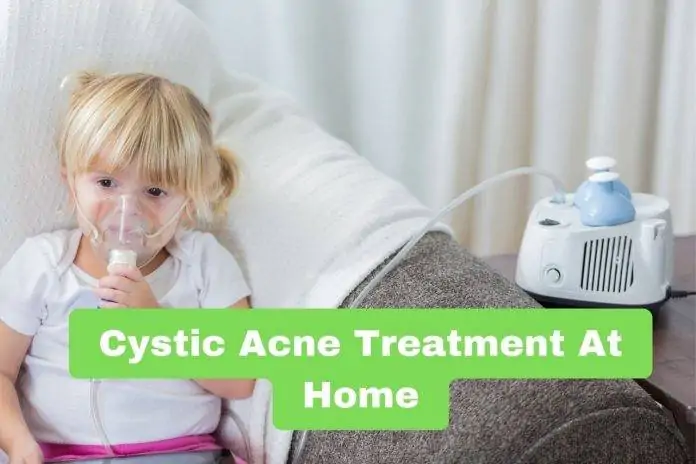If you have Cystic Acne treatment at home, there are a few things you can do to help treat it. Having an acne breakout can be really frustrating, but there are several options available to you. You can take oral antibiotics, use topical creams and cleaners, and eat certain foods that are high in vitamins and minerals.
Benzoyl peroxide
Benzoyl peroxide is a powerful acne treatment that can clear up blackheads, whiteheads, and inflammatory acne lesions. However, benzoyl peroxide may cause irritation and other unwanted side effects, so it’s best to use it in conjunction with other treatments. If you’re looking for a benzoyl peroxide product, you can find a wide variety at your local drugstore.
Benzoyl peroxide lotion, cream, or gel can be applied directly to individual pimples. It works by killing the bacteria that causes acne. In addition to treating acne, benzoyl peroxide can also reduce the appearance of scars and help the skin shed dead cells.
Benzoyl peroxide can be combined with other topical or oral meds, including antibiotics. Your healthcare provider will help you determine which combination of medications is right for you.
Topical retinoids
Topical retinoids are a form of acne treatment that has been shown to be effective. They help to unclog pores by stimulating the production of new skin cells. However, you need to be careful with the ingredients that are used. These treatments may cause irritation or dryness, so patch testing is recommended before using any new product.
You can find topical retinoids at your local drugstore or through a prescription. Some are approved by the FDA for acne. Retinoids are often prescribed for severe cystic acne.
Retinoids can also be used to treat whitehead pimples. Whiteheads are easier to treat, as they sit on the surface of the skin. Using a retinoid treatment on remaining pimples can reduce the risk of scarring.
For cystic acne, you can also consult with a dermatologist. There are many different options for treating this condition, including a cortisone injection and a combination of antibiotics and topical ointments.
Cleansers and creams
When you have cystic acne, you need to treat it with a lot of TLC. It can be painful, itchy, and red. Some types of products can aggravate the condition, too.
Cystic acne is caused by trapped oil, dirt, and bacteria in your pores. As the pore becomes clogged, it gets infected and produces pus. This type of acne is the most severe, and it’s often hard to treat at home.
Fortunately, prescription-strength topical treatments are now available, and they’re not very expensive. Many derms recommend a combination of oral and topical meds.
In addition to these options, you may want to try some natural remedies. These include turmeric, which is an antiseptic and helps reduce inflammation. And vitamin C, which can help lighten dark pigmentation.
Liver-supportive foods
If you’re looking to clear up your acne, there are several liver-supportive foods you can try. These include leafy greens, cruciferous vegetables, and berries. However, the most important thing to remember is that you should never ignore the recommendations of a qualified healthcare provider.
A well-functioning liver is essential to your overall health. It helps to process hormones, filter blood, and detoxify the body. Without a healthy liver, you’re at risk for developing serious skin ailments like acne.
The best way to ensure your liver is functioning at its optimum level is to follow a healthy diet. This may include cutting out alcohol and sugar. But, more importantly, it means getting plenty of water.
The liver is an organ that works around the clock to rid your body of waste. In the Ayurvedic tradition, warm water with a lemon first thing in the morning is believed to aid the detoxification process.
Oral antibiotics
Oral antibiotics for cystic acne are often used in combination with topical treatments. These medications work by killing bacteria and reducing inflammation. However, you should not continue taking these drugs for too long, as this can lead to antibiotic resistance. You should use them as recommended by your dermatologist.
Cystic acne is caused by clogged follicles, which trap oil and bacteria. The inflammation in the follicle causes a painful, red zit. If you have cystic acne, it is important to treat it early. This will improve your chances of getting rid of the acne.
Topical treatment is usually the first line of treatment for mild to moderate acne. It can help reduce the size of a pimple and prevent the occurrence of new pimples. Benzoyl peroxide, clindamycin, and dapsone are common ingredients in topical medications.




